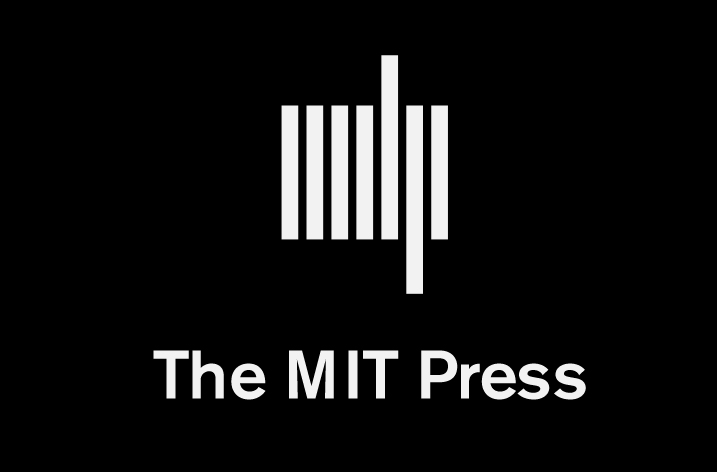
Clarivate Plc (NYSE:CLVT), a global leader in providing trusted information and insights to accelerate the pace of innovation, today launches a new Global Research Report from the Institute for Scientific Information which outlines the research landscape of eleven countries across Central Europe – identifying rapidly maturing research networks.
Central Europe: A profile of the region and its place in the European research network highlights the current research output ofthe countries that acceded to the European Union post-2000 – Bulgaria, Croatia, Czech Republic, Estonia, Hungary, Latvia, Lithuania, Poland, Romania, Slovakia and Slovenia. These countries have shown strong, consistent growth in research output over the past 30 years with an increase in international collaboration clearly having a positive impact.
The report finds that Central Europe’s researchers (co) authored around 4% of global papers between 2016 and 2020, a doubling of world share since 1990. The greatest volume is in multidisciplinary materials science (5,545 papers), capturing 4.4% of world share. A greater share but smaller volume is in mathematics (2,654 papers, 8.6%) and particle physics (1,178 papers, 8.9% of world share).
Jonathan Adams, Chief Scientist of the Institute for Scientific Information said: “Accession to the European Union has provided these countries with direct access to the EU Framework Programs of research funding, which has benefitted their research output and ultimately their ability to accelerate innovation.
“In practice, while this enabled rapid growth in Central Europe, co-authorship with Western Europe only increased from 18% in 1990-94 to 20% of total output in 2015-19. That with Eastern Europe grew from just 4% to 5%.”
Impressively, for Estonia and Lativa, two countries with relatively small research output, international collaboration rates shot up to around 70%. Conversely, Poland – considerably the largest by research output – has an international collaboration rate of around 40%, which is no different to twenty years ago.
Adams noted: “International collaboration has a major effect on citation impact, pointing to a need for careful policy interpretation. Poland has a strong domestic research base, but less international collaboration. Some of the Baltic states such as Estonia and Latvia have high levels of collaboration. That pushes up their average citation impact but may not reflect domestic research unless they build on those links.”
The physical sciences are a core research focus for Central Europe which complements the life science focus in Western Europe. This expertise provides them with opportunities – it is likely to be important for their involvement in globally relevant research such as climate change and innovative energy technologies.
As Central Europe’s universities have grown both in number and stature, so the historical influence of national academies in the region appears to have decreased. This change in balance may reflect a cultural shift away from directed, mission-led research towards a more open and dynamic researcher-led environment.


























